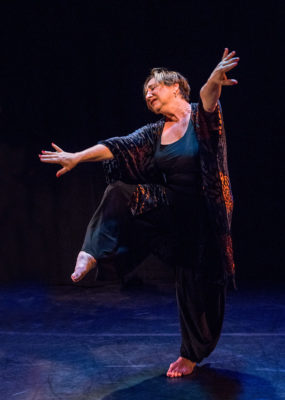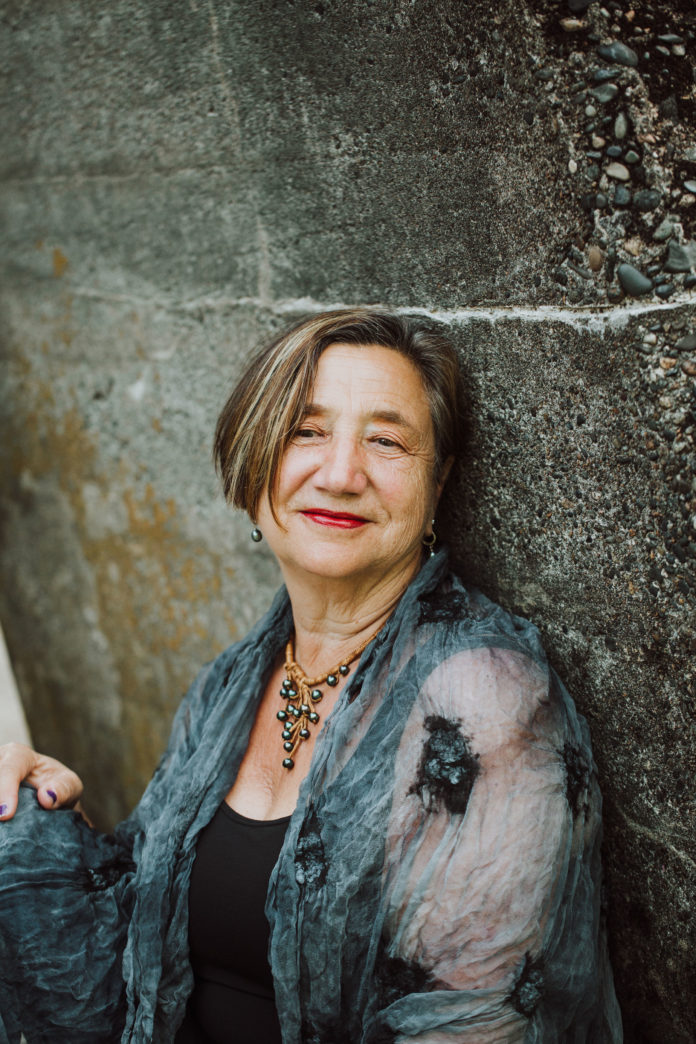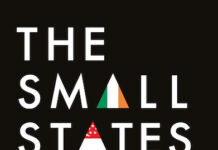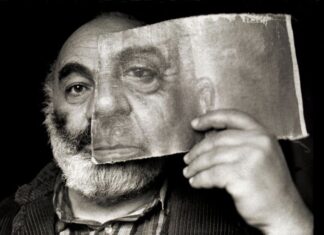YEREVAN / VANCOUVER, Canada — Celeste Nazeli Snowber, PhD, is a performer, poet, professor, speaker, dancer, writer and award-winning educator. She is a professor in the Faculty of Education at Simon Fraser University in British Columbia, Canada, and author of books on dance, art and poetry as well as numerous chapters and articles in scholarly books and journals. Her books include Embodied prayer and Embodied inquiry: Writing, living and being through the body. She is author of three collections of poems, Wild tourist: Instructions to a wild tourist from the divine feminine and co-author of Blue Waiting and The Marrow of Longing, which explores her Armenian identity. Celeste creates site-specific performance and has been the Artist in Residence in the University of British Columbia Botanical Garden creating full-length performances connecting poetry and dance out of each season. Celeste also creates one-woman shows integrating voice, comedy, and dance and has performed across North America and Internationally in a variety of venues, including concerts, galleries, museums, conferences and outdoor spaces. She can be found at www.celestesnowber.com.
Celeste, I first read about you and your poems in Ararat Quarterly in 2005. Then I included your short bio in my study Armenians in World Choreography. I am sure it is high time — even late — to introduce Armenians worldwide to their compatriot. Poetry and dance are theoretically similar, but you prove them to be practically similar too. How do they correlate in your artistic world?
I see writing and poetry as both emerging from the body. My work is contextualized within embodied ways of inquiry, and I am dedicated to writing in ways that I dance. Therefore, I want rhythm, poetry, movement, pause, and vitality to enter the language of my writing, as they also inhabit my dance. I often write after I dance, and my poetry comes into my dance through speaking and dancing at the same time. I often interpret my poems through contemporary dance, voicing them as I move. I see both these art forms as beautiful companions and inspirations to each other.
You once said: “When we can open up to the body, we can open up to the heart.”’ But before that perhaps we should open the mind?
I think the mind, body and heart are interconnected and if we open one, we can open the other. However little attention has been given to opening the body, which I believe is deeply connected to intuition, trauma, healing and shifting into new ways of being, reflecting and perceiving. I want a mind with body and a body with mind. And of course, heart, always.

It was interesting to find out you studied hula dancing — a Polynesian dance form accompanied by chant or song.










